SEO checklists for new websites and SEO audits consist of best practices and reminders aimed at optimizing a website for improved performance in search engine rankings. Ensuring your website is free of mistakes is a crucial initial step in aiding search engines like Google to rank it higher. We’ve created an SEO checklist for new websites, available on our blog.
How to Use This SEO Checklist:
Most SEO checklists fail to speak about how SEO is an ongoing course. As an alternative, they record random duties and make it sound like web optimization is completed and dusted when you test them off.
The primary focus areas of search engine optimization are:
You’ll have to concentrate on all the above for a holistic search engine optimization technique. Make your means by way of our guidelines to make sure you’re following SEO best practices in every space.
SEO Basic Checklist
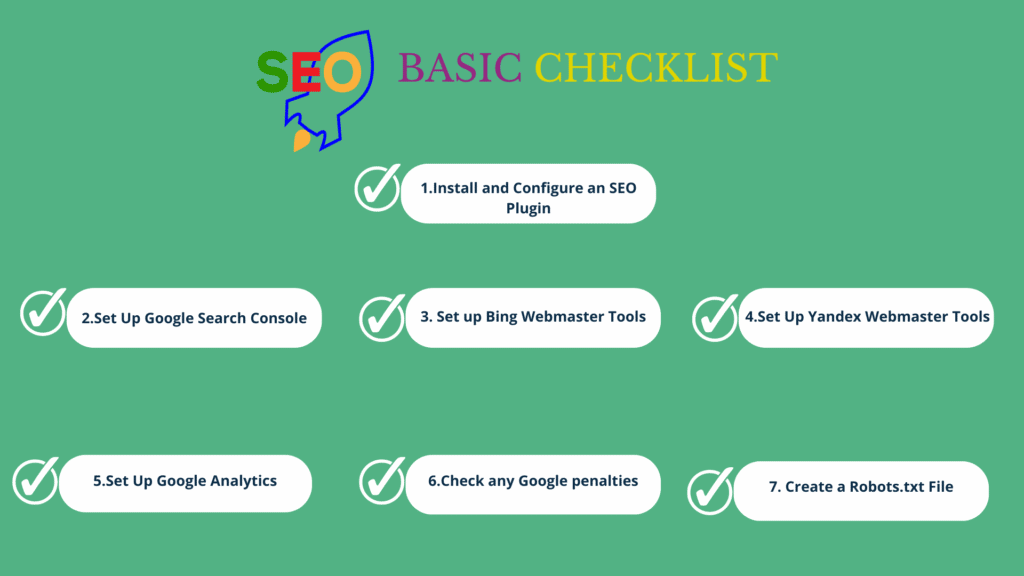
Let’s begin with just a few search engine optimization best practices that everybody ought to have in the bag. These won’t directly enhance rankings, but they’re essential in setting yourself up to rank higher on Google.
What Is SEO?
Search engine optimization, or SEO, is the method of elevating your website’s natural visitors and search engine rankings on Google, Bing, and other search engines like Google and Yahoo.
Along with keeping track of your website’s technical well-being, acquiring hyperlinks from different websites, preserving your website’s native search visibility, and other issues, this entails producing high-quality content material.
How exactly do search engines do their job?
There are three primary things that search engines do:
- Crawling: Look through the code and content of each URL they discover while looking at the Web for the content.
- Indexing: Through the crawling process, the content material that’s discovered is saved and put so as to be found. As soon as a web page is within the index, it has an opportunity to be shown when related queries are made.
- Rating: Results are arranged from most relevant to least relevant so that a searcher can see the information that is most likely to answer their question.
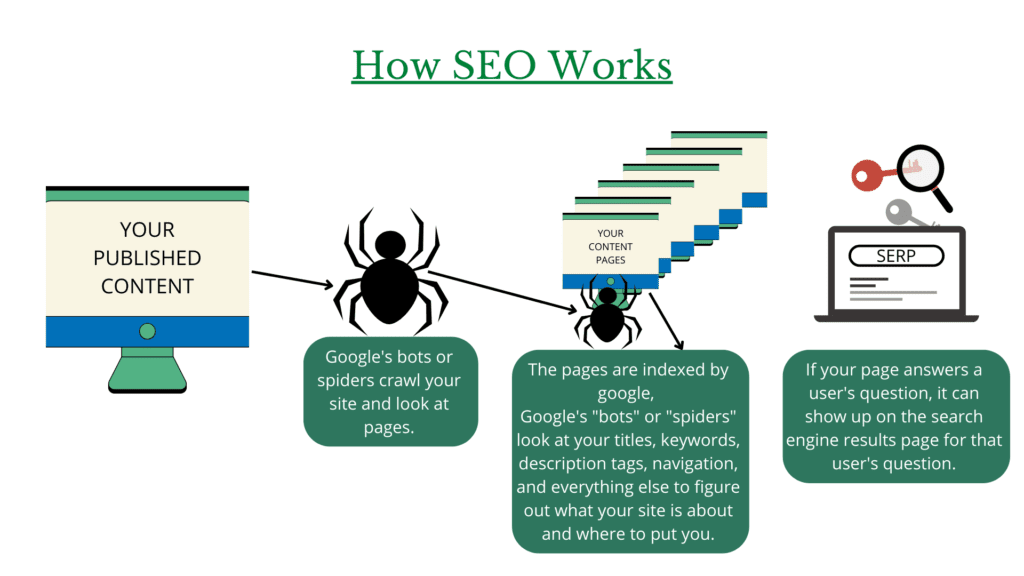
SEO plans for success:
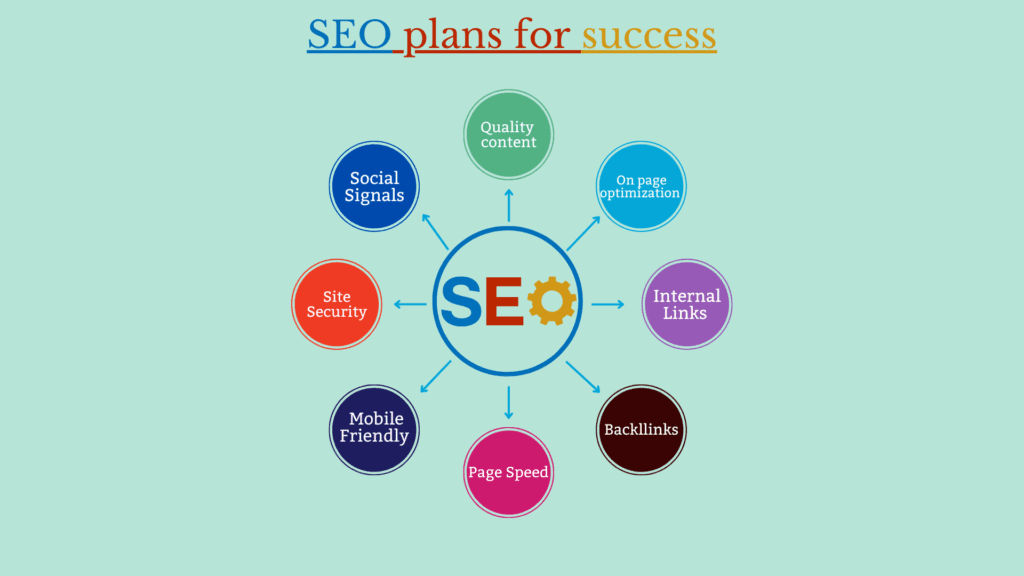
1. Install and Configure an SEO Plugin (If You’re Using WordPress)
If you are utilizing WordPress, you must install and configure an SEO plugin to provide the performance and features that it’s worthwhile to correctly optimize your website. Fortunately, there are a few important options that come generally recommended, each of which is free to install:
- Yoast SEO
- All in One SEO Pack
Please notice: a plugin won’t optimize your website for you; it simply makes it easier so that you can do weblog SEO and stick to the finest practices.
2. Set Up Google Search Console

The Google Search Console(GSC) is a free service offered by Google that allows website owners access to numerous tools and information with the purpose of enhancing the effectiveness of their websites in Google’s search outcomes.
There are quite a few free search engine advertising and marketing tools, but Google Search Console, typically known as GSC, is undeniably the best. It should in all probability present you with the right way to improve the visibility of your website in pure search outcomes. Chances are you’ll suppose that GSC is used to offer you research regarding the clicks and impressions that people make on your website. That’s true, but it absolutely makes up an extremely small part of the story as a whole. Using the Google Search Console, you’ll be able to do that.
To start utilizing the Google Search Console, you’ll first have to register an account, after which it is possible for you to add and authenticate your varied online websites.
Our Google Search Console setup guide will present you with the whole lot you’ll want to know in regard to the tool as a newbie, such as the right way to set it up and which reports you’ll find most helpful. One factor is certain, however: you won’t be able to have a successful search engine optimization technique without it.
Learn more: How to Set Up Google Search Console!
3. Set up Bing Webmaster Tools
Have you ever heard that the search engine Bing is the second largest one in the entire wide world? Do you notice that there are a couple of billion people utilizing Bing? Do you notice that, along with Google, one of the many high sources of site visitors comes from Bing? If you’re familiar with all of this, then you’re conscious of how important it’s to configure Bing Webmaster Tools.
Web site owners could add their websites to the Bing crawler utilizing Bing Webmaster Tools (Bing WMT). By utilizing this free Microsoft device, you can monitor and manage the presence of your website in addition to having your content show up in the Bing search engine.
In other words, utilizing Google Search Console with Google is just like utilizing Bing Webmaster Tools with the Bing search engine.
Go to Bing Webmaster Tools and click “Sign Up.”
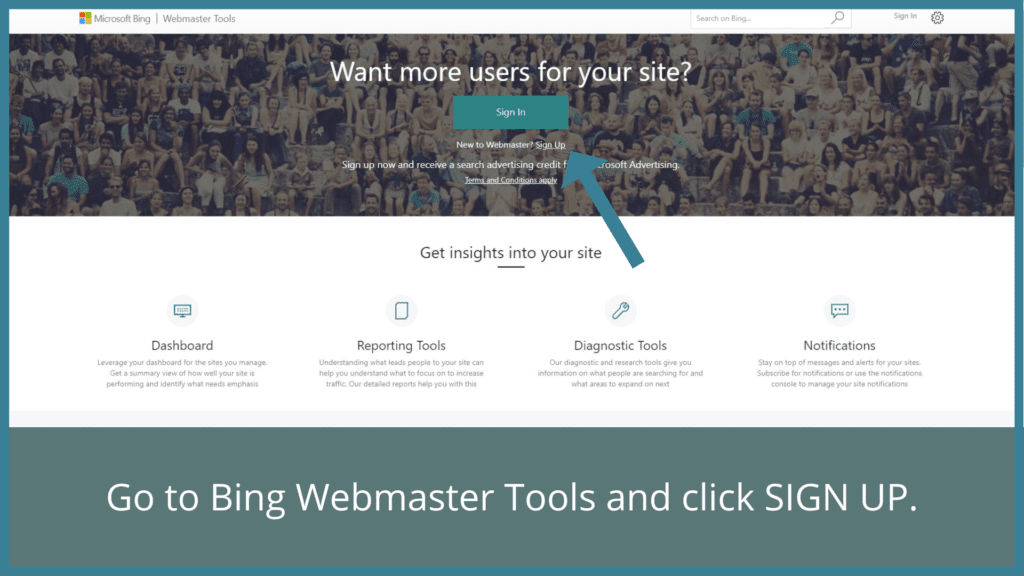
Our Bing Webmaster Tools Guide will teach you everything you could possibly need to know concerning the tool as a newbie, from the best way to set it up and which reports one can find most helpful.
4. Set up Yandex Webmaster Tools
Yandex, very similar to Google, is a search engine that’s principally utilized by audiences in Russia. It’s strongly advised that you simply join your website to Yandex Webmaster Tools and validate it as quickly as possible. The choice to submit your sitemap will even be a smart one. You are able to optimize your website for the Yandex search engine and see a rise in the number of site visitors that you get because of this.
The Significance of Yandex Webmaster Tools
It’s important to register your website with Yandex Webmaster Tools after which validate it for a wide range of reasons, a few of which are as follows:
- Get ahold of reports detailing how well your website is doing in numerous engines like Google.
- Look at your website for issues and do any mandatory troubleshooting and Deal with issues and problems with indexing.
- Make sure that your website is compatible with mobiles.
Verify Your Website with Yandex Webmaster Tools:
Step 1: Go to Yandex Webmaster Tools
Make a new account on the Yandex Webmaster Tools website and click on “Sign up.”
Step 2: To add your website, click the plus sign button, and Type your website’s URL in the box.
Click the yellow “Add” button to continue.

Step 3: Verify your own domain rights.

The most common solution to confirm your area might be so as to add a meta tag to the top part of your website.
Simply copy the HTML code after which go to your dashboard. Go to the HTML file in your theme and paste the code properly after the top> tag.
again to your account for Webmaster Tools and click on “Verify.”
Another method:
with the Yoast SEO plugin, you can add a meta tag to the top part (primarily for WordPress).
In the event you use WordPress, set up the Yoast search engine optimization plug-in and observe these steps to confirm your area:
Open up the dashboard for WordPress.
Use the left menu to go to search engine optimization.
Click on the tab known as “Webmaster Tools.”
Copy the meta tag and paste it into the field labeled “Yandex Webmaster Tools.” Save the adjustments.
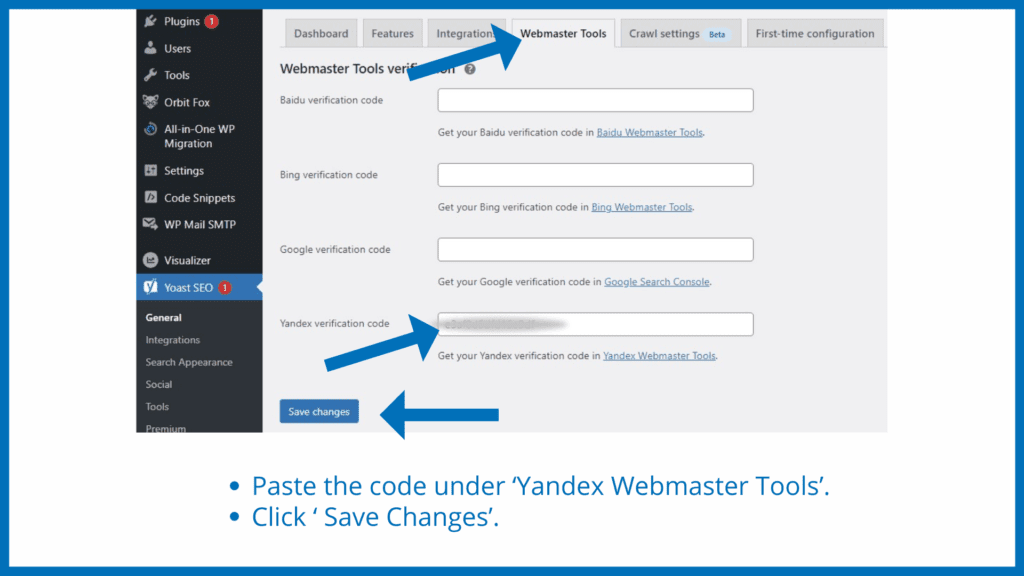
Go back to the Webmaster Tools account and click on “Check”.
Step 4: Adding Sitemap to Yandex Webmaster Tools
One important step that I like to recommend after verifying your website is adding the sitemap of your website.
So as to add a sitemap, go to Indexing settings > Sitemap information from the menu on your left.
Enter the Sitemap URL of your website or weblog and click on Add. The Webmaster’s software will begin processing your sitemap.
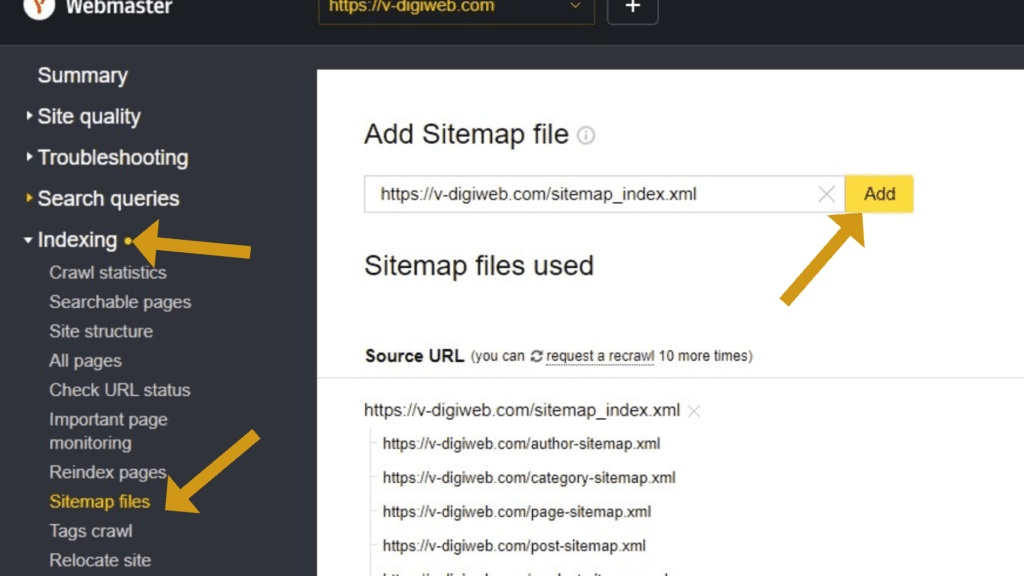
In some instances, you probably have trouble submitting your sitemap, you should utilize the built-in Sitemap validator tool of Yandex to check your sitemap has no errors. Go to Tools > Sitemap validator to validate there aren’t any errors in your sitemap.

No matter the way in which you choose to verify your space, it may truly take as much as 3 days earlier than your domain is verified and you may start to see reviews.
5. Setting Up Google Analytics

Google Analytics is the BEST way to see how people find (and use) your site. Without the right information, you can’t decide what to do.
Some of its many useful features are:
- Find out how much of your traffic comes from Google.
- Find the pages on your website that get the greatest traffic and optimize those pages.
- Your site’s average bounce rate, number of pages seen, and amount of time spent on it
If you do not have a Google Analytics account, you will have to sign up for one.
The best way to arrange Google Analytics on your website:
6. How to Examine your account for any Google penalties.
A website might get a Google penalty if the content of the website is discovered to be in violation of the marketing practices that Google has mandated for all websites. This penalty might happen as a consequence of an improvement to Google’s ranking algorithm or a human assessment that reveals a website page utilized “black hat” search engine optimization practices. Each of those eventualities has the potential to result in an identical end result.
There are two totally different approaches you may use to find out whether or not Google has punished your website. The primary method is through the Google Search Console, and the second is by looking at your Google Analytics traffic logs and evaluating your visitors with the dates the Google improvement occurred. Each of those strategies might be discovered right here.
Process:
Step 1: Log in to the Google Search Console
If you haven’t already, now is the time to add your website to the Google Search Console.
This is located in the SECURITY & MANUAL ACTIONS section.
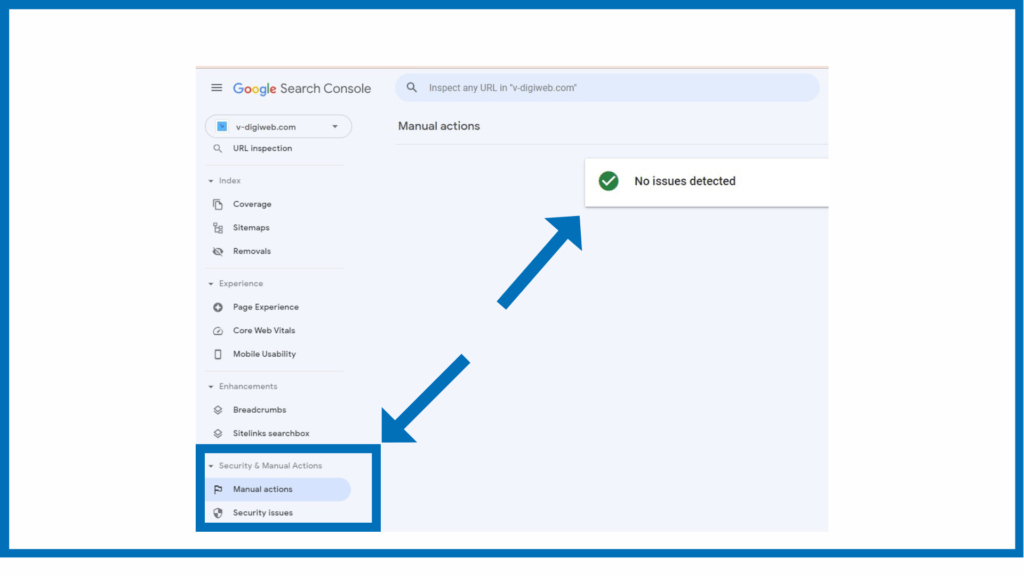
If you happen to see the message “No points detected,” then you’re clear and you don’t need to take any additional actions. Nevertheless, you must continue to proceed with the steps below to search for whether you have been impacted by an algorithmic penalty. If you happen to see the message “No points detected,” then you’re clear and you don’t need to take any additional actions.
On the occasion that your website receives a handbook penalty, you’re required to rigorously learn the message that explains the reasons for the penalty and make an effort to repair the difficulty, after which ask for an evaluation of your website.
Step 2: Sign in to Google Analytics to see how much traffic you get from Google
Choose your website from the Google Analytics dashboard, then go to Reports > Acquisition > Traffic Acquisition.
In the report, you can now see how many visits come from Google searches.
Look in the SEO report (MOZ, SEMrush, Ubersuggest, or any) to determine what type of update it was if you see a dramatic reduction in traffic on a day (or near to the dates when an update was issued), and then start reading about what you may do to recover.

7. Create a Robots.txt File
The robots.txt file on a website is used to instruct web crawlers used by search engines not to explore certain pages or areas of the site. Robots.txt requests are acknowledged and honored by the vast majority of the major search engines, including Google, Bing, and Yahoo.
You can find your site’s robots.txt file at:
https://www.domain.com/robots.txt.
How to Create a WordPress robots.txt File:
If you are utilizing the Yoast SEO plugin, go to your dashboard’s SEO > Tools tab and search for the option that reads, “File editor:
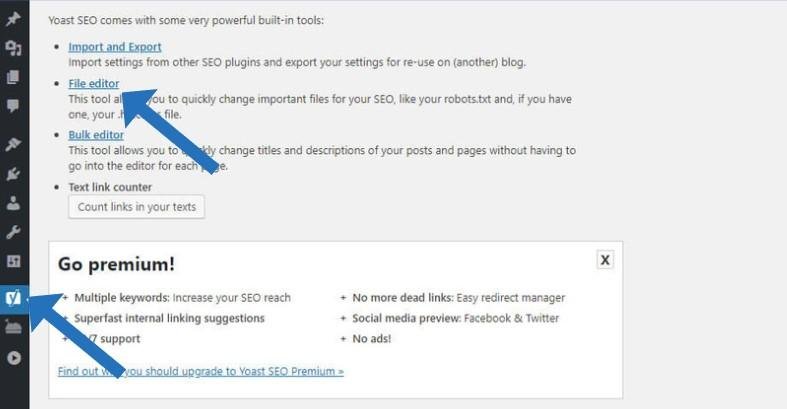

By using this button, a new editor will appear on the tab, allowing you to make immediate changes to your robots.txt file. Keep in mind that Yoast SEO establishes its own standard rules, which supersede those in your fictitious robots.txt file.
When you add or remove rules, make sure to click the Save changes to robots.txt button so they stay.
Test your robots. txt file:
Technical SEO Checklist
Technical SEO (search engine optimization) refers to the procedures used to build and optimize a website for quick crawling, indexing, and rendering by search engines like Google. The structure of SEO is made up of several pieces, including technical SEO.
Most entrepreneurs and enterprise owners leverage technical SEO to increase their website’s possibilities to rank nicely on the search engine results pages (SERPs).
Fortunately, fixing technical SEO issues isn’t that tough. Especially for those who follow the items in these rules.

8. Make sure your website is HTTPS
HTTPS has been known as a ranking factor since 2014. There’s no good reason for not utilizing HTTPS encryption on your website, and if you’re nonetheless operating on HTTP, it’s time to migrate.
HTTPS is a confirmed Google ranking signal.
The new HTTPS report in Search Console
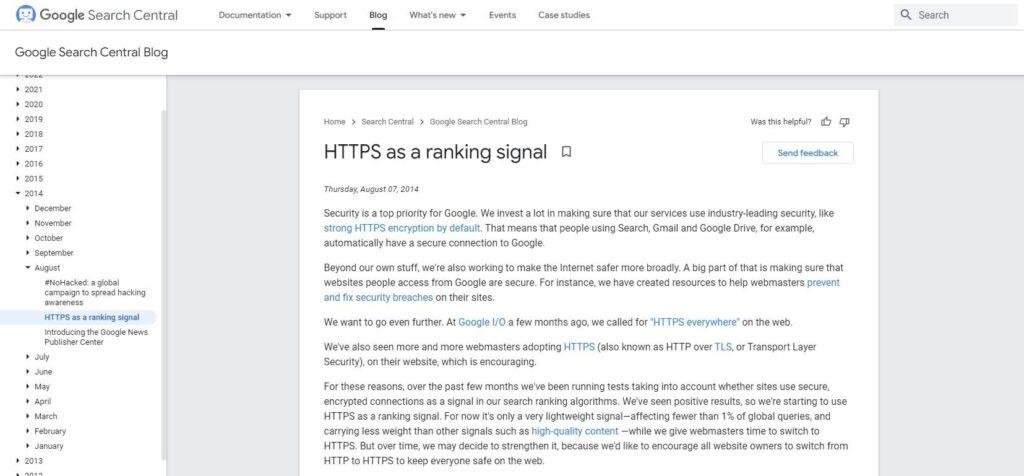
If you are on http with an SSL certificate in WordPress? Simply install the Really Simple SSL plugin and activate it.
Redirect HTTP to HTTPS with Really Simple SSL Plugin,
You possibly can obtain Really Simple SSL from the WordPress repository or by trying to find it inside your WordPress dashboard under “Add New” plugins.
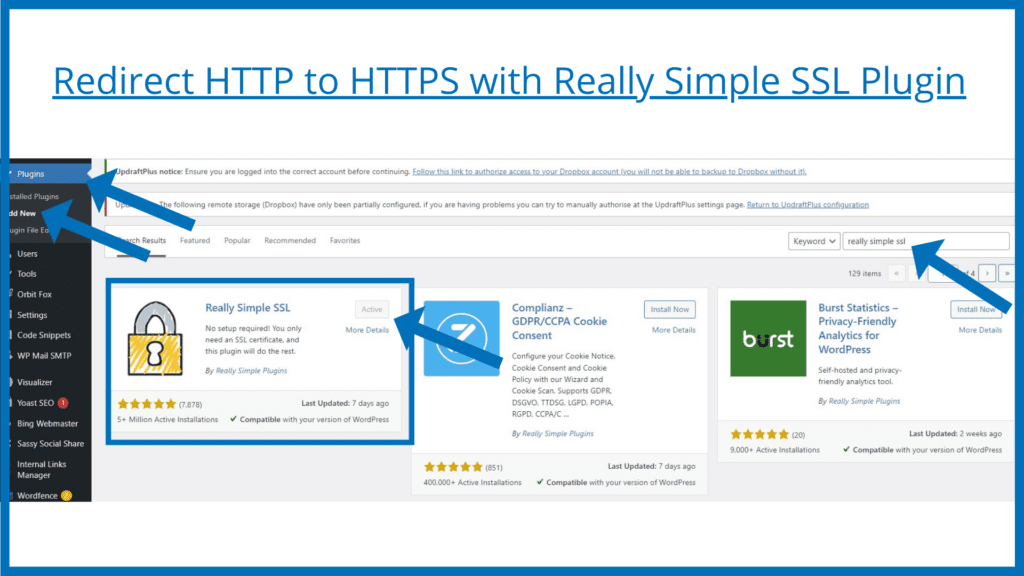
9. Make your URLs SEO Friendly and Configure Permalinks (Use Short URLs)
An SEO-friendly URL structure makes it simpler for search engines like Google to crawl your pages and understand what they’re about. Your web page URLs must be easy and descriptive for users as well.
A permalink, or permanent hyperlink, is the address (URL) of an internet web page. It’s called a “permanent link” because it’s not likely to change as long as the website is up and running.
Right here is an example of a permalink:
A permalink is fabricated from two elements:
- The website domain
- The web page slug

Do use hyphens in your URLs to separate phrases; don’t use underscores.
Do preserve URLs as short as possible.
All letters in a permalink must be lowercase.
Permalinks in WordPress:
WordPress is one of the most popular Content Management System (CMS) platforms, and it was the first to use the term “Permalink.”
You will find the ‘Permalinks Settings’ under the settings section.
WordPress offers you quite a lot of choices for organizing the URL structure of your posts. The perfect setting to make use of is the “Post Title.”
With ‘Post Title’, your permalinks are not going to include any pointless info. When you publish a new page, WordPress will put dashes between the words you type in the page title.
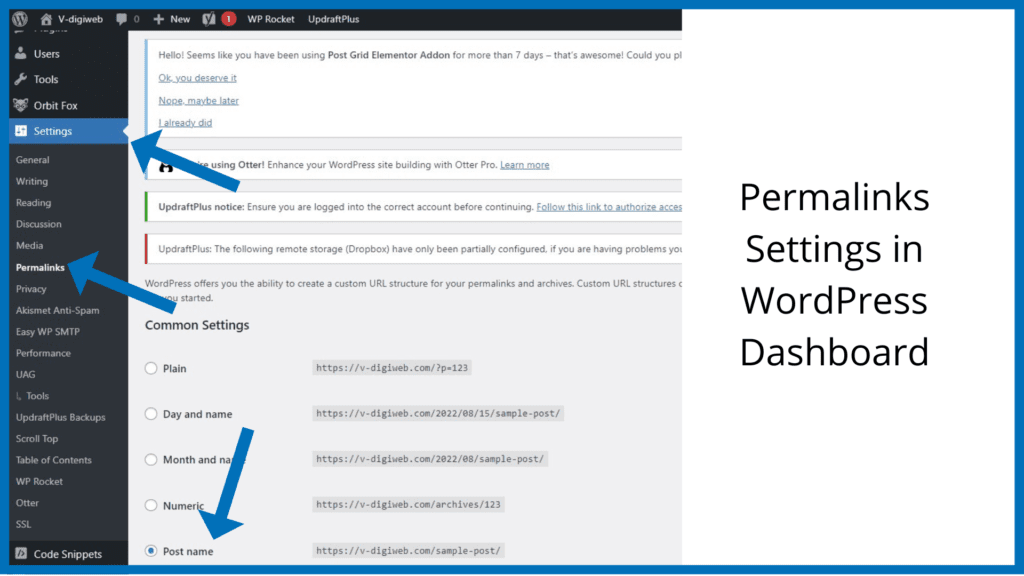
10. Find and Fix Crawl Errors
You can possibly determine any crawl errors that exist through the Google Search Console.
A “Crawl Error” signifies that Google has trouble viewing a web page on your website.
Head to the protection report, and you will note each error and excluded pages, in addition to these with warnings and people that are legitimate.

If there are any issues throughout the crawling and indexing section, then that is very unhealthy for your SEO.
Take the time to resolve any errors that you simply find, and discover the reason for excluded URLs in additional detail.
11. Verify Your WordPress visibility settings
If you’re using WordPress as your CMS, you need to check both the robots.txt file and the visibility settings in WordPress. Keep in mind that you don’t want to block search engines like Google and Yahoo from seeing your content by accident.
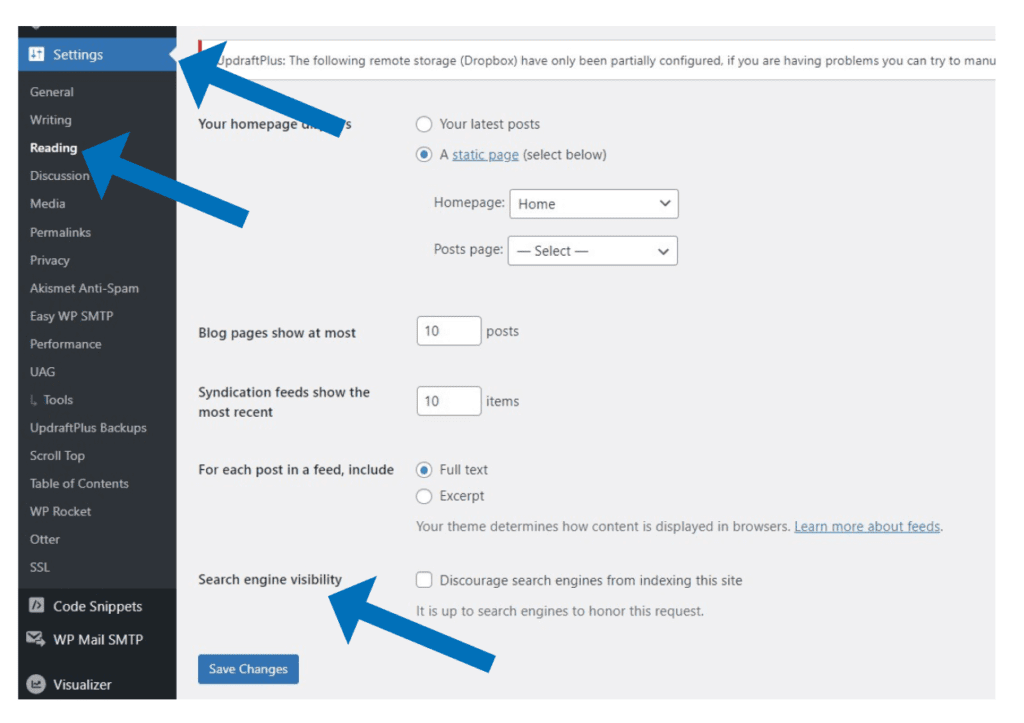
12. Verify for sitemap errors in Google Search Console
It is not the end of the tale once you have submitted your sitemap to Google. It is in your best interest to perform routine checks in the Google search console to look for sitemap errors.

13. Fix Broken Internal & Outbound links
Damaged hyperlinks are one other sign of poor user expertise. Nobody needs to click on a hyperlink and discover that it doesn’t take them to the webpage they were anticipating. In your Website Audit report, you can find a list of broken internal links. To fix and identify problems, you can either change the target URL or remove the link.
The simplest method to try this? DrLinkCheck.com.
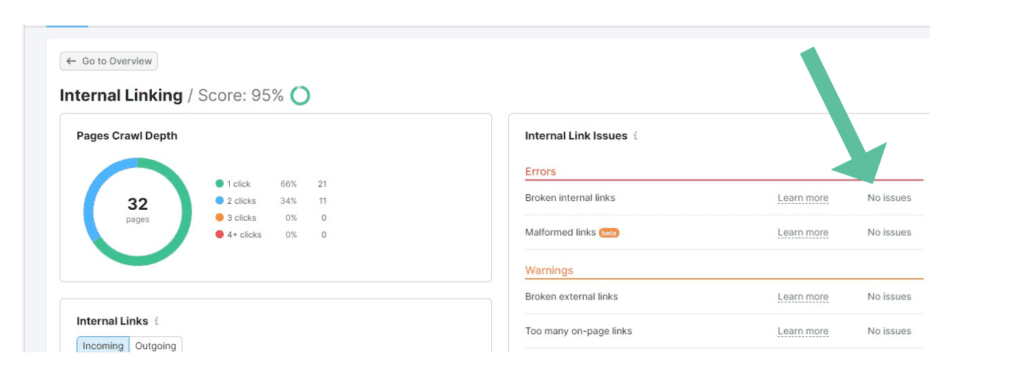
14. Check Your Web site’s Loading Speed
Slow websites make for poor user expertise. Actually, Google confirmed that web page expertise would turn out to be a much more important ranking factor.
It’s best to make sure your website loads quickly and to know that people keep expecting more.
You need to use Google’s PageSpeed Insights tool
With this free tool, you can find out how fast your website loads on desktop computers and on mobile devices.

If you want to make your WordPress site load faster, installing a caching plugin is probably the best thing you can do.
The WP Rocket plugin is one you‘ve almost certainly heard of. It’s a plugin that reportedly delivers nice outcomes with little or no effort.
WP Rocket has been built to make caching as foolproof as possible, so everybody can begin speeding up their WordPress website, no matter their technical skills. At the same time, WP Rocket wants to impress power users by giving them enough options and settings to set up caching on their website exactly the way they want.
The best settings for a plugin are shown below:
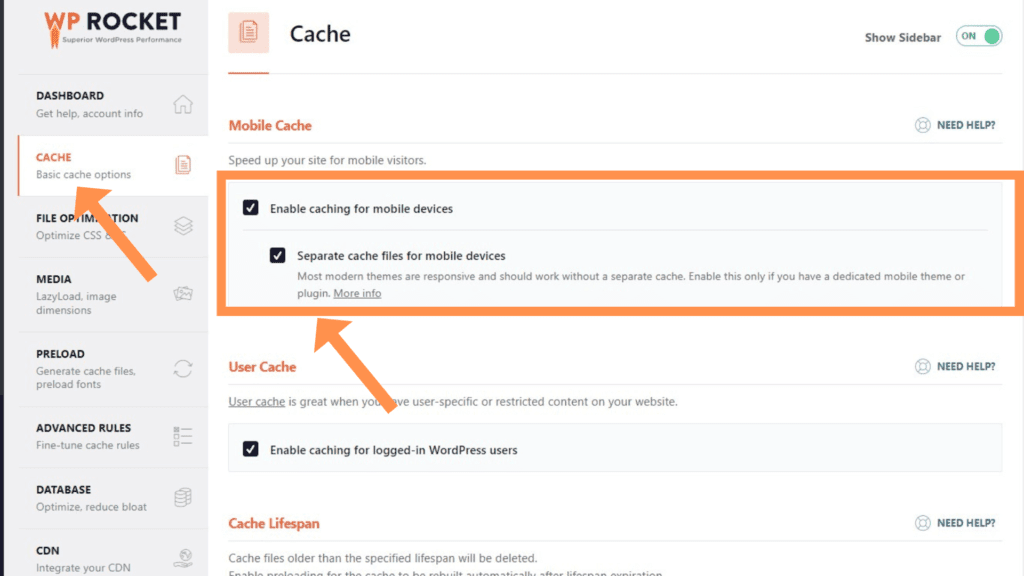
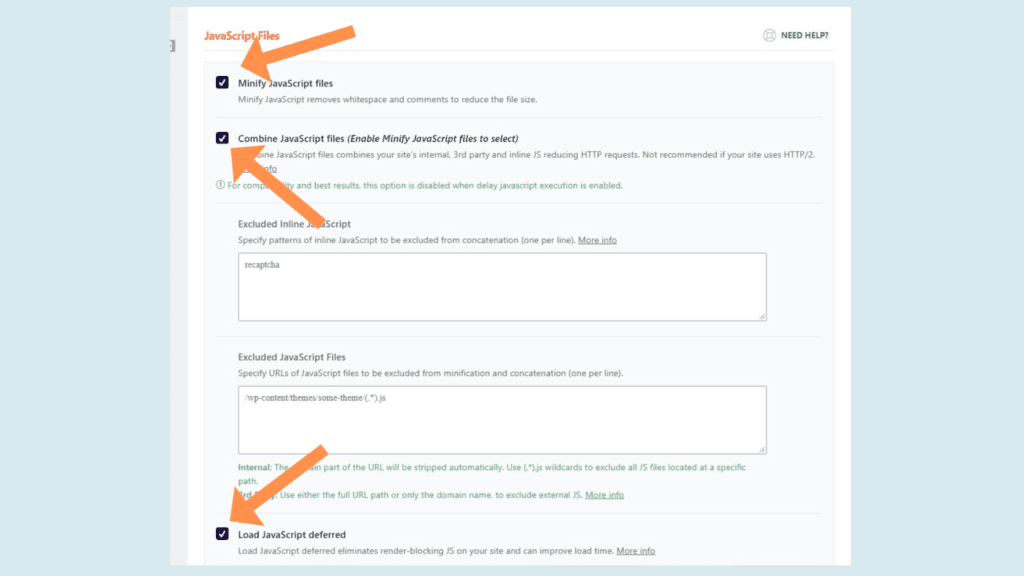
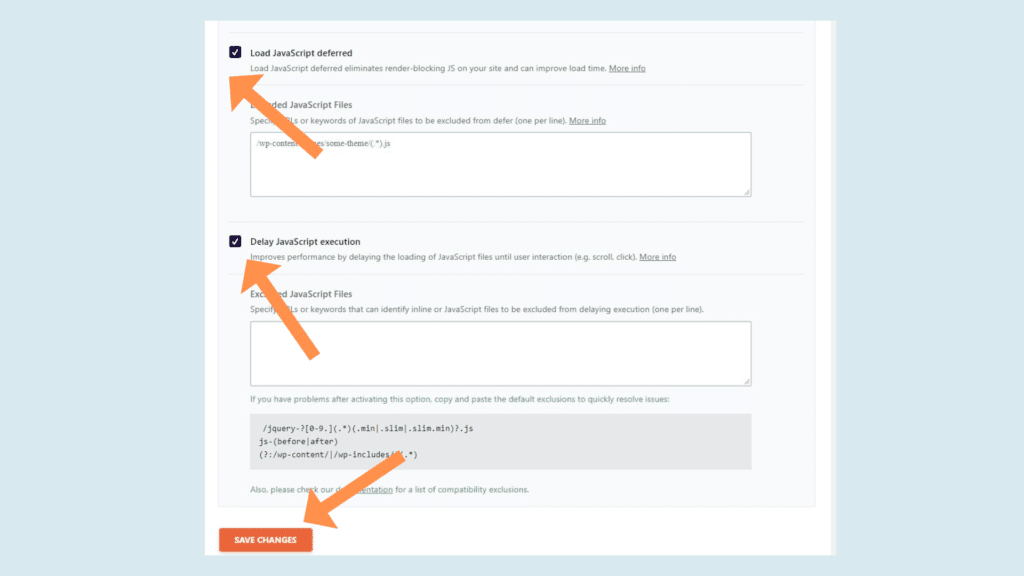
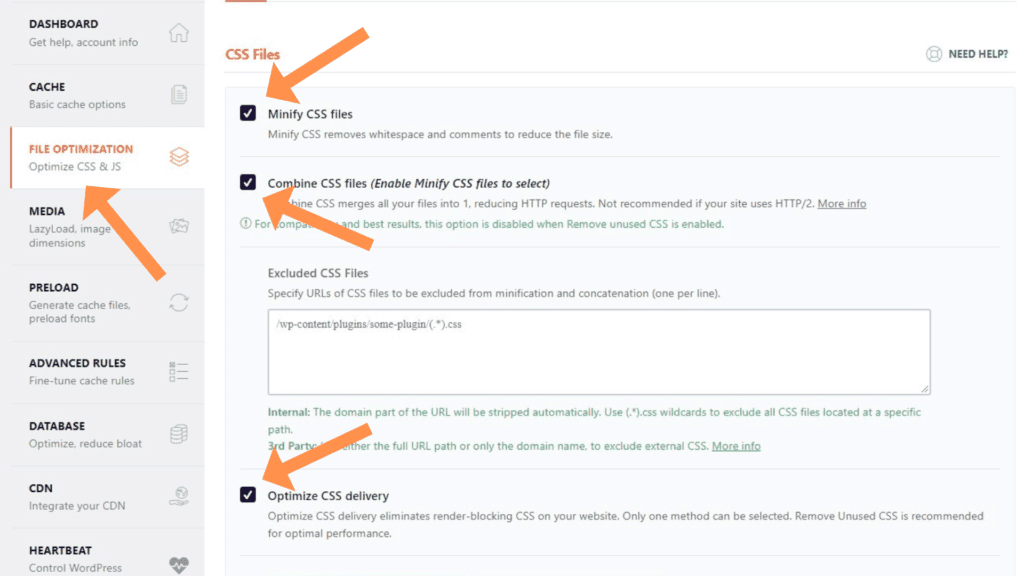
15. Make Sure Your Website is Mobile-Friendly
Google gives a lot of weight to how mobile-friendly a site is. Google has officially switched to mobile-first indexing for all websites.
You can possibly check your website’s mobile friendliness with Google’s Mobile-Friendly Test tool.
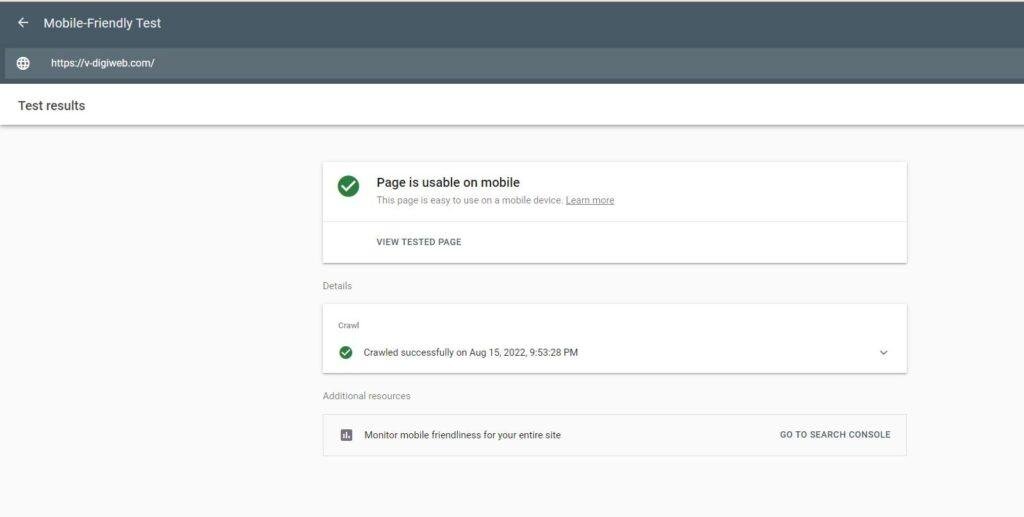
16. Verify to find out how Google sees your page
Users can sometimes see everything on your page… but Google can’t. So, Google won’t rank your page if it can’t fully see it.
That’s why I think you should use the “Inspect URL” feature of Google Search Console. Just put a link to a page on your site in the box at the top of the GSC.
As you proceed, Google’s view of your website will appear to you:
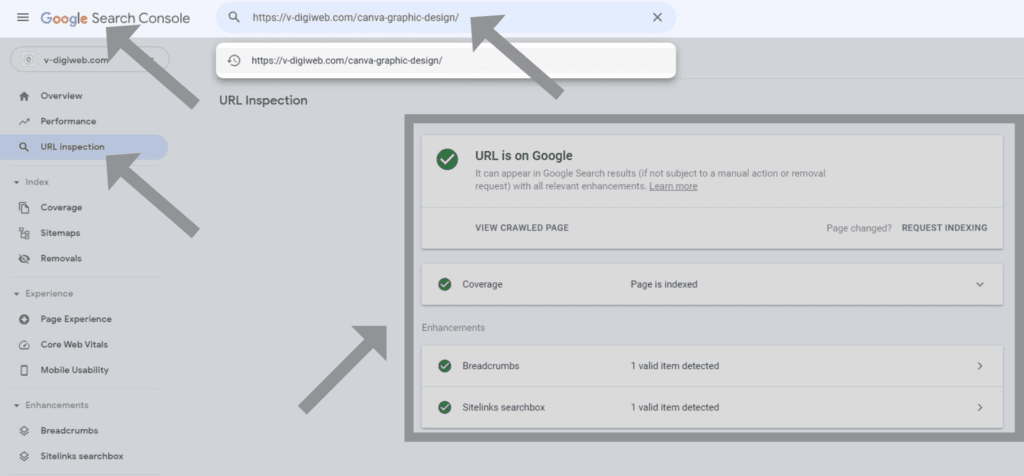
17. Add Structured Data
The value of structured data markup is only going to increase as Google continues to work on making the web more semantic.
In point of fact, the vocabulary of Schema.org contains forms for the structuralization of data pertaining to individuals, places, organizations, local businesses, reviews, and a great many other things.
You may make your organic listings stand out more on search engine results pages (SERPs) by using structured data. In the example that follows, you will notice that both the review stars and the price enhance the result.
This is what the Google description looks like.
Visit Google’s structured data testing tool website in order to determine whether or not this is currently being used on your website.
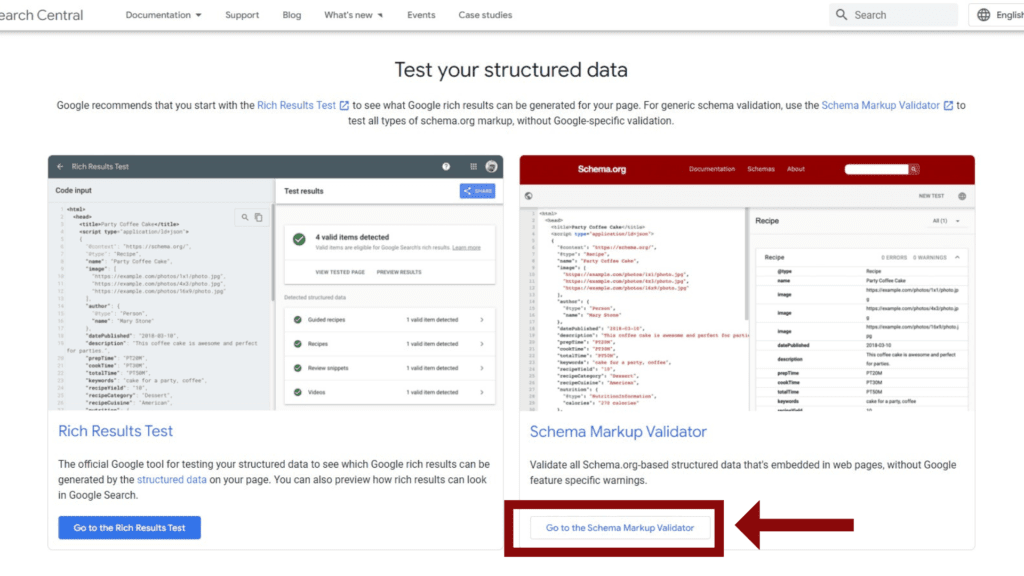
18. Use “noindex” and “nofollow” tags properly
Indexing the maximum number of pages on your website that is technically possible might be a highly enticing option for business owners who are trying to strengthen their position as an expert on search engines.
What is “noindex”:
When a search crawler, like Googlebot, is given the “noindex” directive, it is instructed not to include a certain webpage in its results for that search.
Indexing is the process that Google uses to look throughout the internet for new content, which is eventually added to the search engine’s library of content that can be accessed through a search. This process is also known as “crawling.”
- “noindex“: Don’t include my page in the results of a search.

What is “nofollow”:
When a search engine crawler encounters a page or link that has the nofollow attribute, it is informed that it should not follow (find) the links.
- “nofollow”: Avoid clicking any of the links on this page.
Google recently announced that starting today, the search engine will start considering nofollow links as “hints” that boost a site’s overall search authority.
for the best practice:
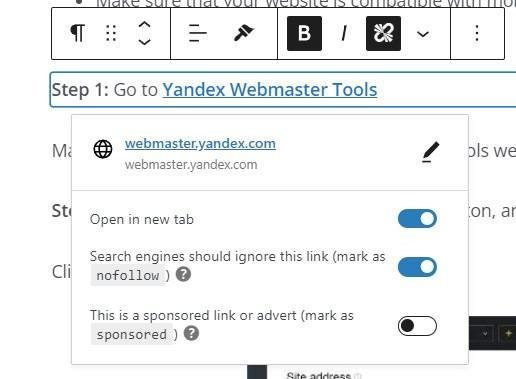
19. Canonical Tag Checks
If you have similar or the same content on multiple URLs or even multiple websites, it’s hard for a search engine to decide which page to show.
Implementing the rel=”canonical” element in your webpage HTML will tell search engines which version of a page to display in search results.
Make sure that you have appropriately implemented canonicalization in order to effectively control identical or duplicate material on your website without negatively affecting your rankings. This control is only possible when canonicalization is used in the appropriate manner.
Google Documentation about canonical URL
The easiest way to fix this is to figure out which page you want to put your article on first and delete the others. But what if people have already linked to each duplicate page from their own blogs? You can’t get rid of them now, right? Now you only have two options: Use canonical tags or 301 redirects to send the duplicate pages to the page you want to be the original. If you choose to use canonical tags, make sure that in all of them, the canonical URL is the page URL of the article page you want Google to think of as the original page.
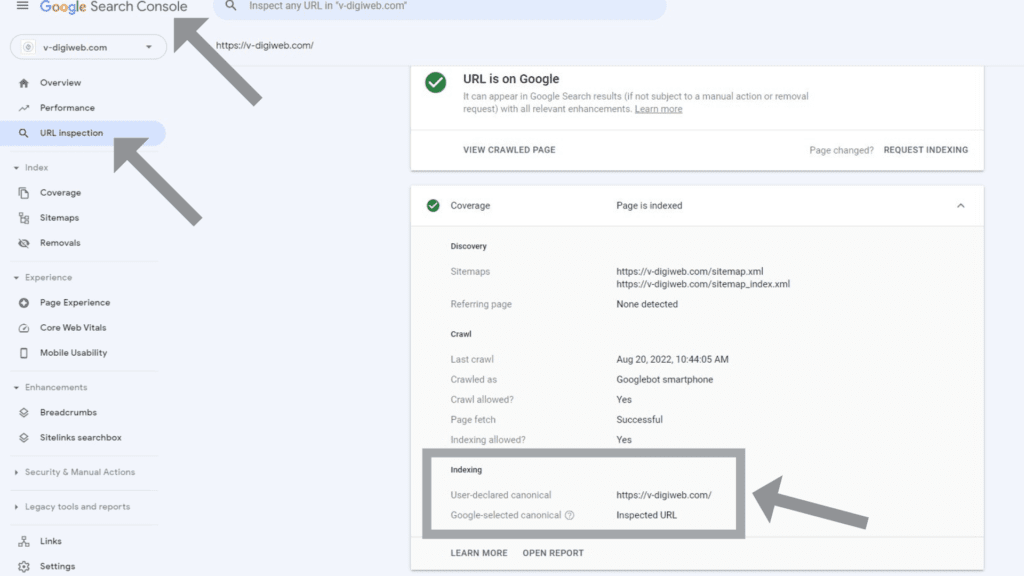
For the best practice:
Every piece of content that has been approved for crawling by search engines is given a canonical URL by the Yoast SEO plugin and added to your WordPress or Shopify website.
Step 1: Go to your WordPress site and log in.
Step 2: Navigate to the post, page, or taxonomy whose canonical URL you want to modify.
Step 3: Go to the ‘Advanced’ area of the Yoast SEO sidebar or meta box once you are on the editing page.
Step 4: In the “Canonical URL” field, enter the complete canonical URL, including http/s and www or non-www.
Step 5: Update the article or page.
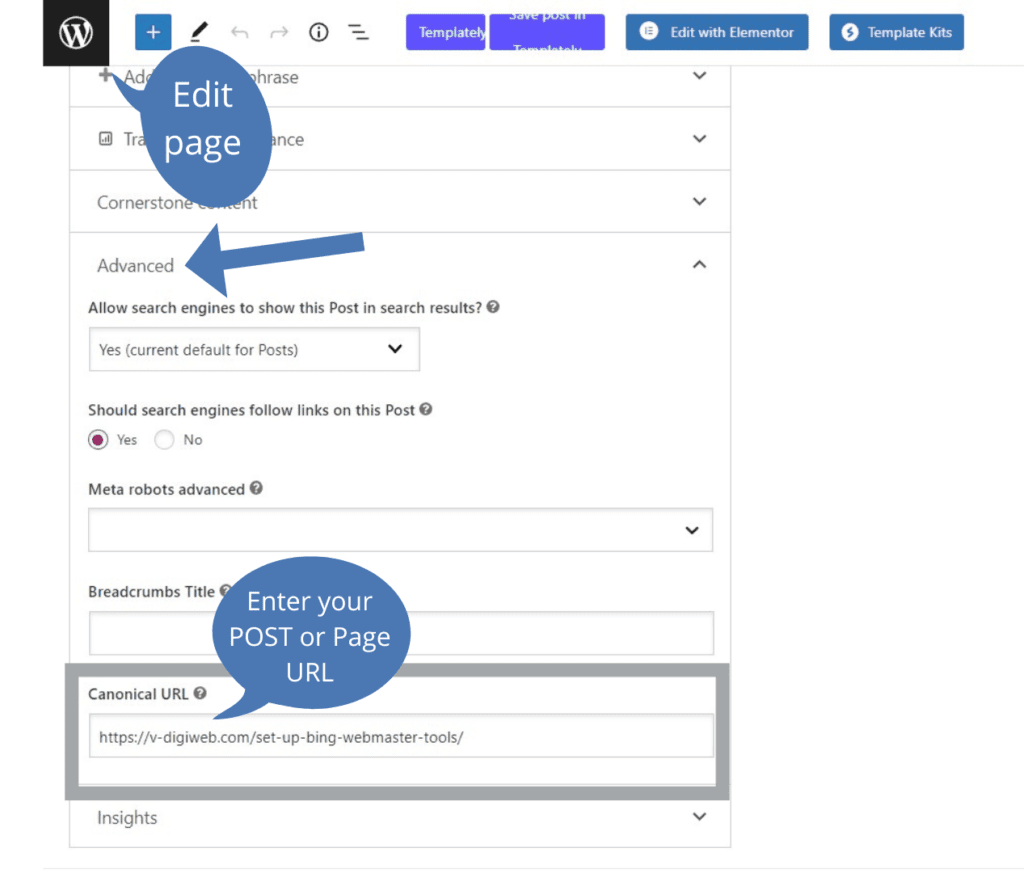
Keyword Research Checklist
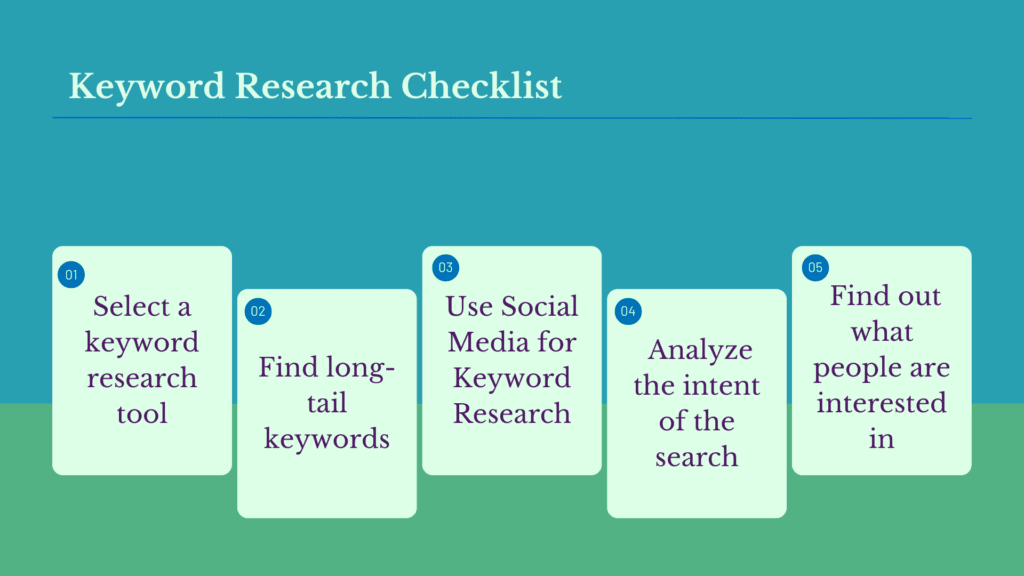
Finding words and phrases people use in search engines like Google, Bing, and YouTube is a technique known as keyword research.
Keyword research affects every other SEO task you do, such as finding content ideas, SEO on the page, email outreach, and promoting content.
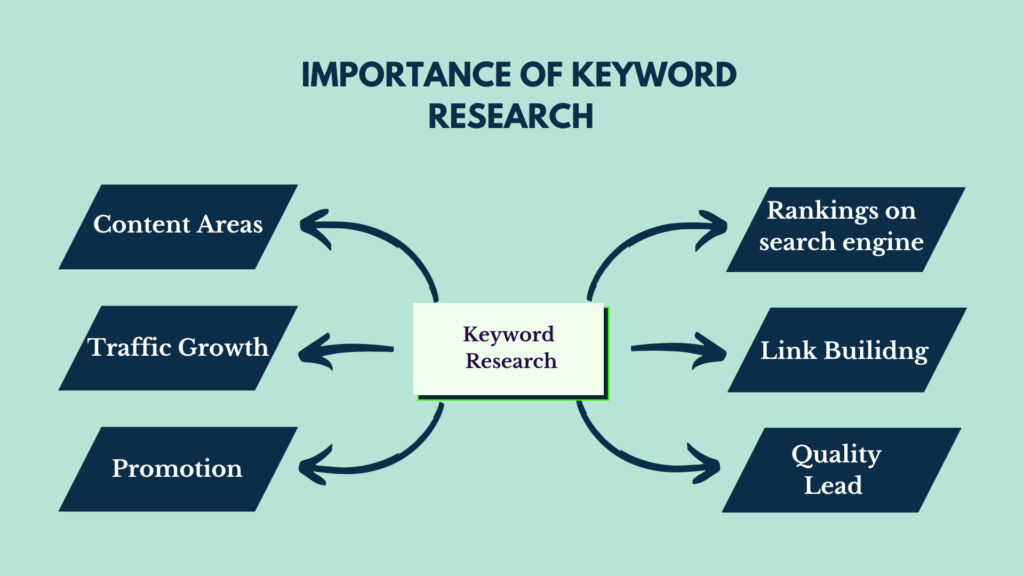
20. Select a keyword research tool
Although there are numerous tools available to assist you with keyword research, only a select number have been shown to be effective.
You can utilize Google’s Keyword Planner, and Google Trends for basic-level research, or employ paid solutions to create a meaningful list of focused keywords and valuable search insights for Google, Bing, and Yahoo.
21. Find long-tail keywords
One of the finest ways to find long tail keywords is using this. Highly precise search terms known as long-tail keywords typically have low search volume.
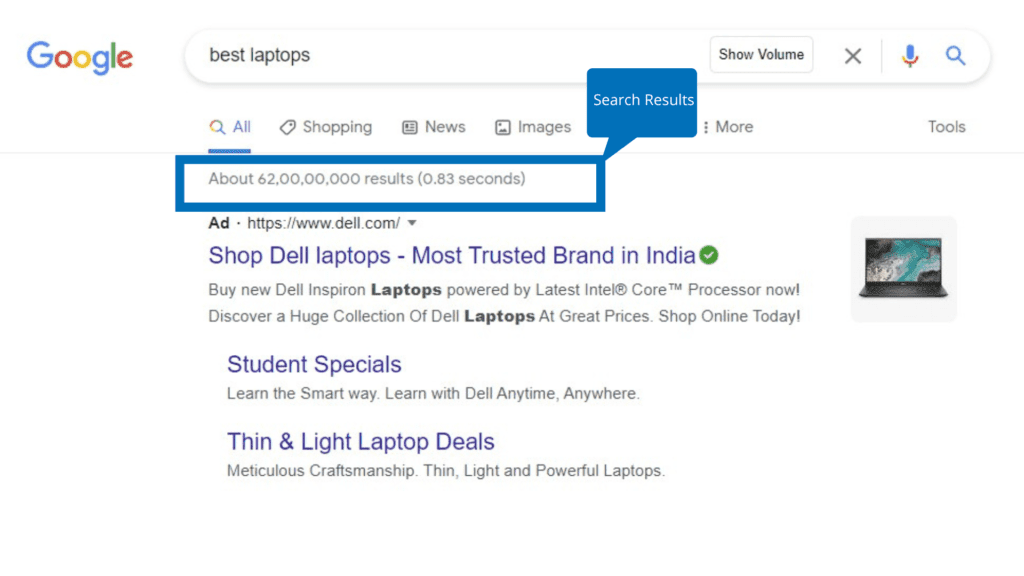

The best practice is: always to use Longtail keywords...
22. Use Social Media for Keyword Research
Excellent resources for finding keywords include Reddit, Quora, Instagram, Facebook, Twitter, Pinterest, forums, and other online communities.
Even if you are aware of who your targeted audience is, there is a strong possibility that you do not fully understand them.
Even if you are aware of who your target market is, there is a strong possibility that you do not fully understand them.
The majority of us disclose information on social media platforms about our daily lives, employment, favorite shows, interests, and purchases.

23. Analyze the intent of the search
Are you looking for a speedy method to locate informational keywords? Consider utilizing the question analysis that is available in Keywords Explorer. This filters for keywords that are in the form of questions, which almost always have an informational intent.
Always choose: High-volume topics and Low-competition
you can add a Keyword Difficulty and volume filter.
one of the best question keyword visualization in Ubersuggest
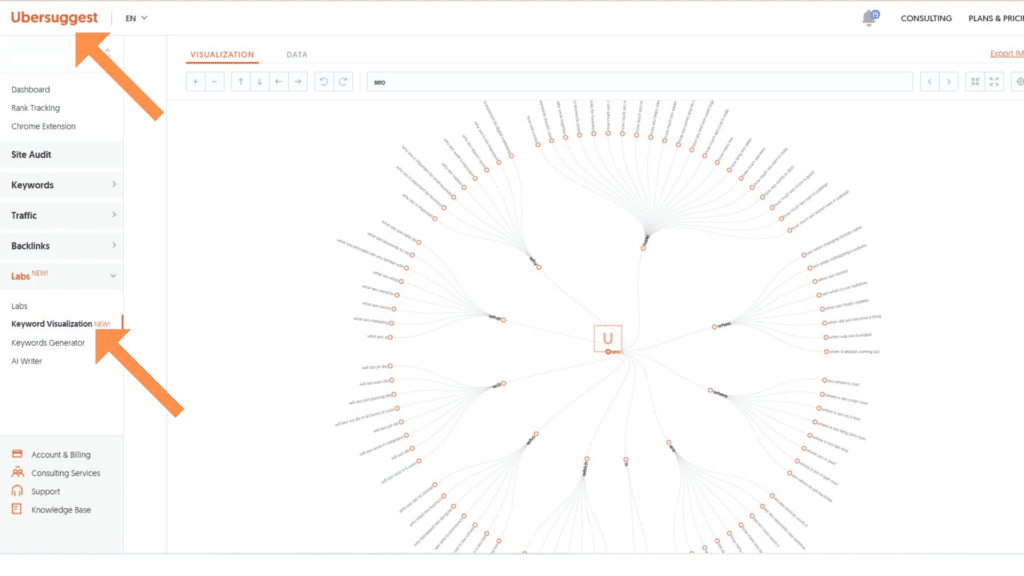
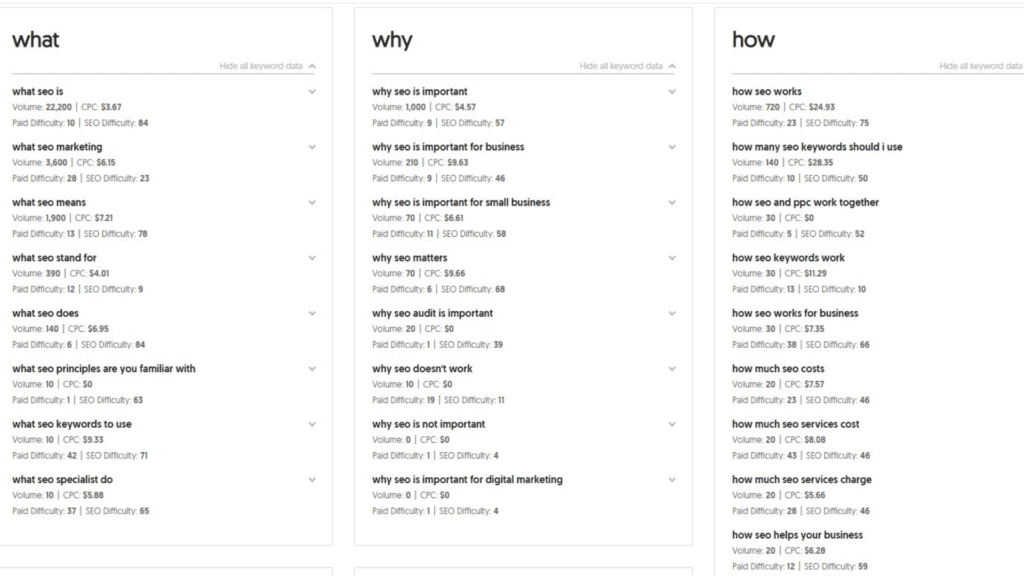
24. Find out what people are interested in
Imagine that someone is looking for “Graphic Design” online. Analyzing people’s search intentions reveals that they are looking for a definition of the phrase; nevertheless, you should also consider what additional inquiries they might have. And what other kinds of facts ought you to incorporate within the content?
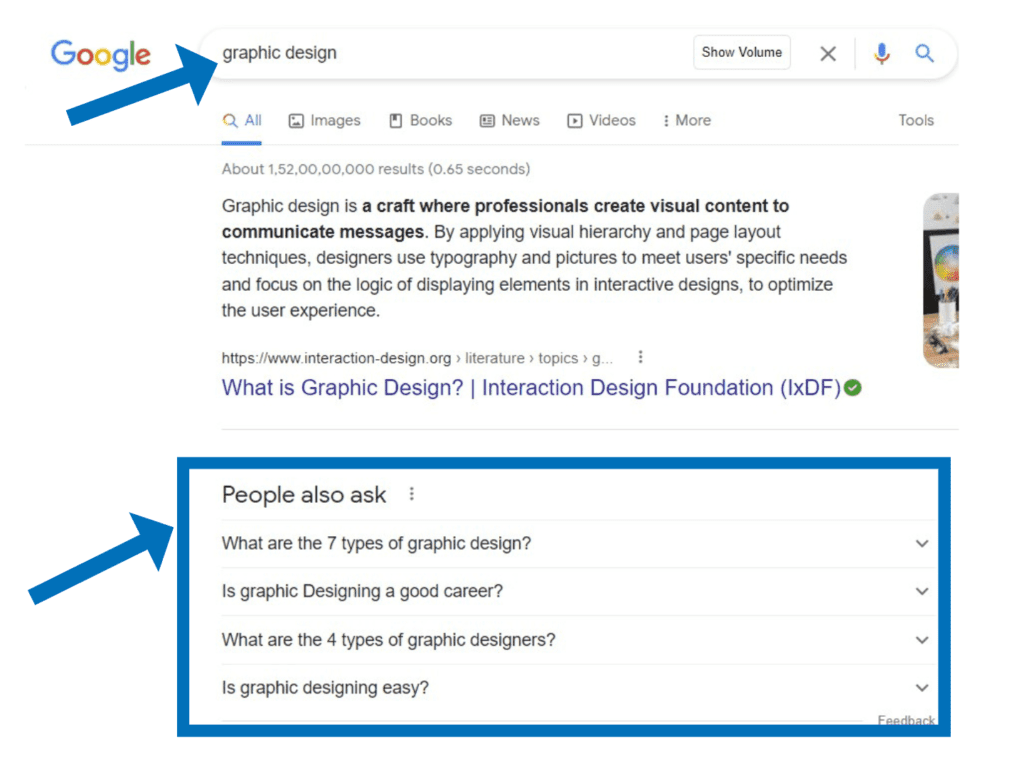
On-Page SEO Checklist

25. Start your title tag with your primary or Focus keyword
To improve your standing with search engines, start your title’s h1 tag with your primary keyword. One of the most crucial on-page factors, according to many experts, is this.
Within a few milliseconds of crawling your new website, search engines can determine what the main topic will be about thanks to title tag optimization.
To achieve the finest value propositions, you may utilize Yoast to assist you in setting up various title tags for readers and search engines.

26. The title of your page in H1 tags.
It is generally agreed that the H1 tag holds the most weight. Why? It is, in essence, the title of the page. Search engine bots will look to the H1 title tag to have a better understanding of what a page is about, making it an extremely important component in ranking. Additionally, it is normally the most prominent content on the page for the reader, as screens containing H1-tagged content tend to be larger (although this is not a must).
Here are three reasons why H1 tags are important for SEO:
- H1 tags help search engines figure out what a page is about.
- Enhancing user experience using H1 tags.
- H1 tags make things easier to find.
Check to see whether your theme is compatible, however, WordPress websites should take care of this for you. If you’re using a different platform, you’ll need to manually complete each page.
such that this title tag is formatted:

27. Use your Focus Keyword in the first 200 Words (1st paragraph)
According to several experts, Google prioritizes the first 200 words of your article. The reason for this is that a content writer often sets up the introduction of what will be covered in the first 100 to 200 words of an article. It seems sensible that the opening can also be a ranking element as the majority of readers will only read further if the introduction is strong.
When Yoast SEO determines that you have done a good job using the focus keyphrase in the introduction, it awards you with a green bullet point.
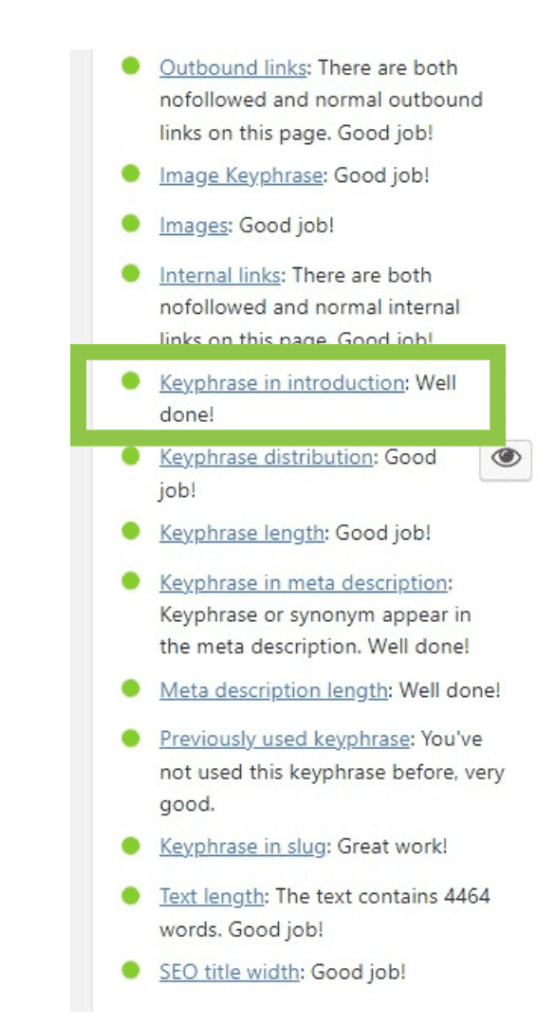
28. Use Your Focus Keyword in Meta Description
The meta description is an element in HTML that may be as long as about 155 characters and provides a summary of the information included on a page. When the term that was searched for is included inside the meta description, search engines are more likely to display it in the search results. As a result, optimizing it is absolutely necessary for on-page SEO.
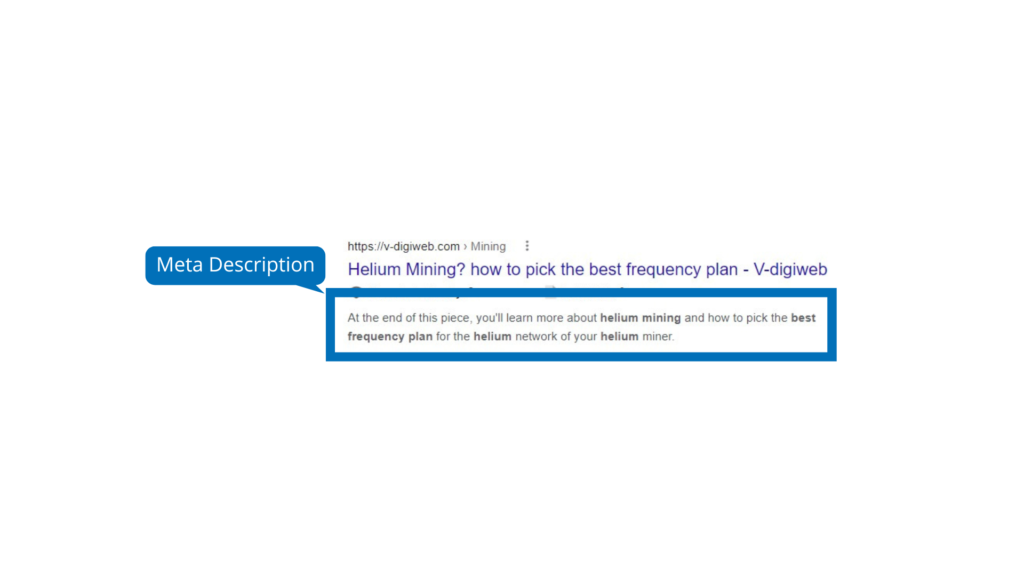
Features of an effective meta description:
A meta description is simple to add if you use Yoast SEO and are using WordPress. The plugin looks at two things: the length of the meta description and if your focus keyword is present.
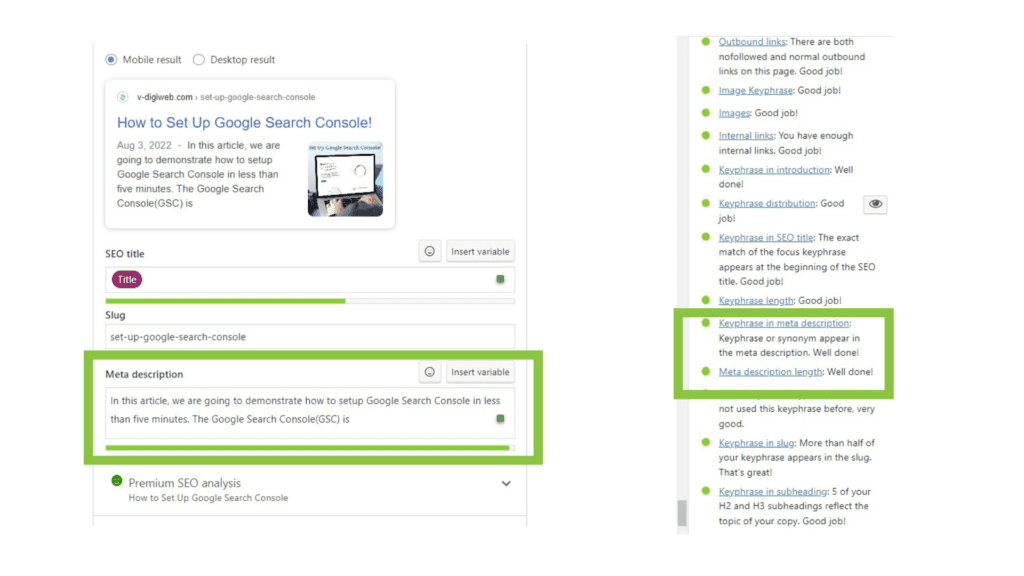
29. Use H2 Tags Subheadings
Search engines can easily understand your page and the subtopics you’ve covered if you use header tags for your subheadings.
This gives your website structure for search engines, and all of your visitors will appreciate it as well.
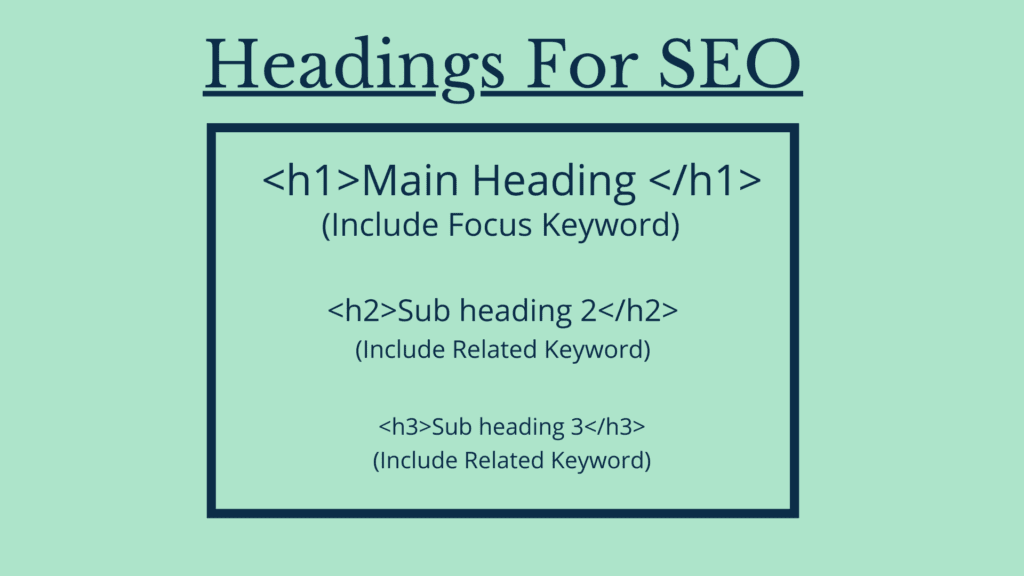
30. Ensure a good user experience
You want visitors to your website to enjoy a smooth experience. A positive user experience is influenced by several variables. As an example, consider the following factors:
If the font type, size, and color can be read on a mobile device, it will be pleasant for the user. Make sure that the buttons on your website are not unreasonably large or tiny. The performance of your website will suffer if it’s challenging to browse, which will boost your bounce rate.
31. Include internal links in your content
Internal links are those that connect individual pages or articles on your website from within your content. Making a trail for people to explore your page by using internal links will increase traffic to your website.
Your website’s stay time will rise if you add more internal links to your page. Links are another method used by crawlers to move between pages and find new websites. For this reason, it is recommended that you use internal links on your sites.
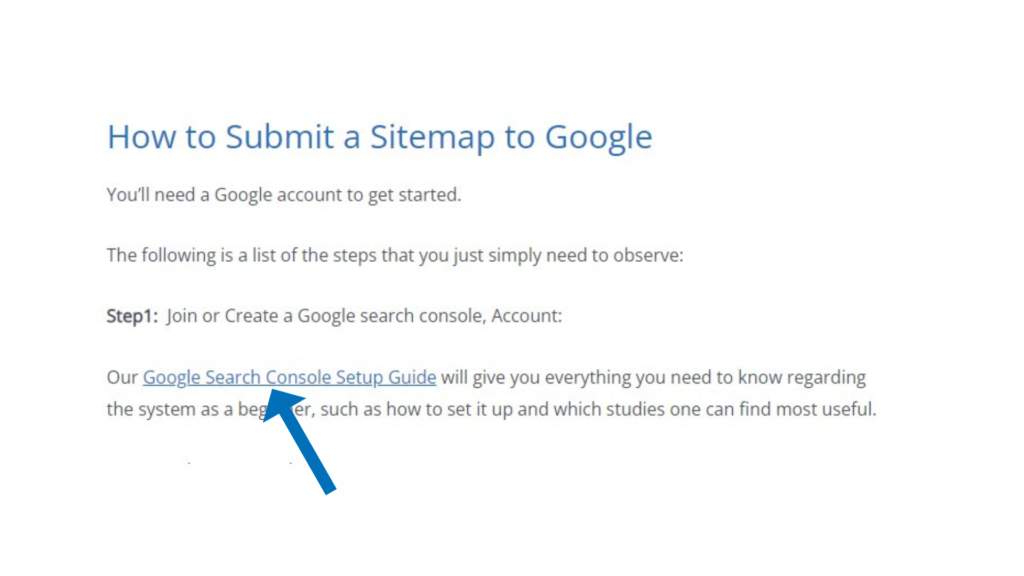
32. Include External or Outbound Links
High-quality external or outbound links can aid search engines in assessing the overall worth of your content.
You may improve the credibility of your page, which is essential for search engine optimization (SEO), by connecting to high-authority websites that are relevant to your subject matter and have a high domain authority (DA).
Use appropriate anchor text and dofollow and nofollow tags.
33. Write unique content that is optimized
When it comes to search engine optimization (SEO), content is king. Because the main responsibility of Google is to supply searchers with precisely the information that they are seeking, the search engine places a high priority on providing searchers with relevant, useful, and well-optimized material that entirely satisfies their requirements.
So, what exactly is meant by “optimized content”? It’s material that strikes a balance between quality writing and keyword research to back it up.
34. Image optimization
Images are essential for making your content more user-friendly, appealing, and engaging, but they’re also key for SEO.
Image optimization is the process of making and sharing high-quality images with the best design, color, resolution, and quality so that users are as engaged as possible. Optimization of an image can be done in a number of ways. It also means putting the right tags on images so that search engine crawlers can read them and understand what the page is about.
35. Use LSI Keywords In Content
The term “LSI keywords” refers to phrases and words that are connected to or reminiscent of the specific words of a web page. LSI refers to latent semantic indexing.
By providing context and relating the content to a specific collection of keywords, they are intended to assist search engines in understanding the content of the page. Sometimes, they might serve as alternatives or synonyms. Additionally, there are situations when terms that are rationally and emotionally connected to your keyword must be taken into consideration.
Google research believes that in order to understand the primary keyword of an article, they must utilize “words commonly recurring together.”

The elements under LSI that you can depend on are:
Are LSI and long-tail keywords distinct from one another?
Long-tail keywords restrict a search, but LSI keywords extend it by incorporating other relevant terms. This is the major distinction between these two categories of keywords.
Advantages of LSI Keywords:
Take this Google search, for example:

The words highlighted in bold in the above image stand for the terms that they relate to. The ranks may rise if you use these words in your article.
Including these terms in your text also helps the search engine understand what you’re talking about, which enhances search results. Utilizing LSI keywords in your content also improves your page’s ranking for other keywords.

Although long-tail keywords have somewhat lower search queries(volume), lower competition, and are faster to rank than your primary keyword, they are still related to it. “Long” refers to the fact that they often include more than three(3) words.
Long Tail Keywords vs LSI keywords:
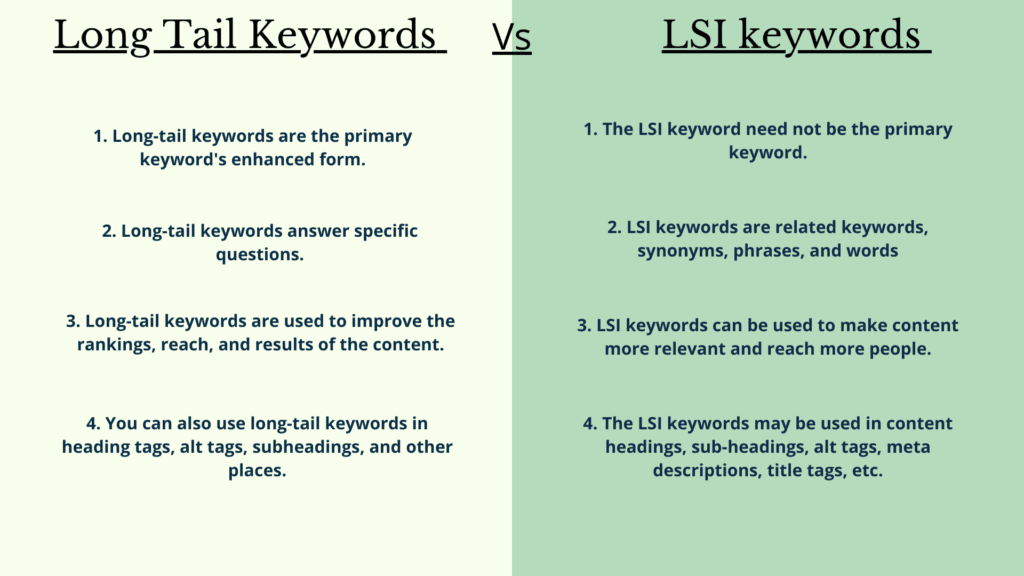
36. Check for spelling and grammar
Grammar and spelling mistakes are not penalized by Google, in their opinion. However, Bing gives inaccurate content priority.
Grammar and spelling tips:
Off-Page SEO Checklist
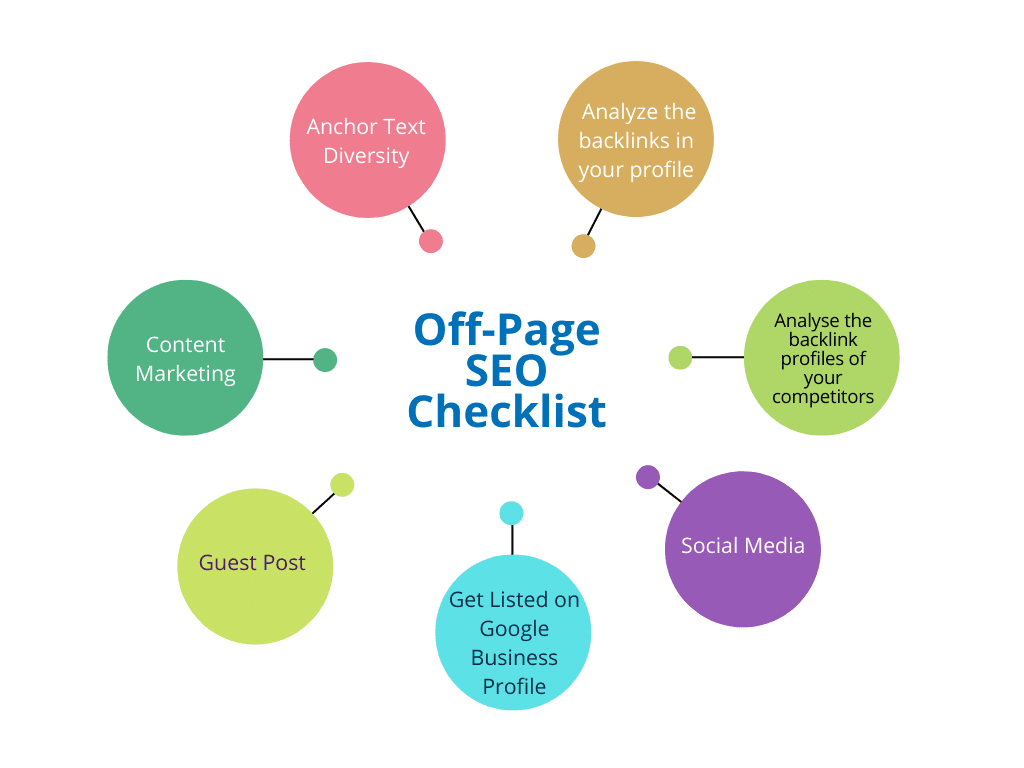
The term “off-page SEO,” which is often referred to as “off-site SEO,” describes activities carried out away from your own website with the purpose of influencing your ranks on search engine results pages (SERPs). In addition to on-page SEO, these are some of the basic SEO factors that help a site rank. Improving how search engines and users see a site’s popularity, relevance, trustworthiness, and authority is part of optimizing for off-site ranking factors.
37. Anchor Text Diversity
Moz says that the anchor text is an important element in how valuable a link is. Google gives anchor text a lot of attention and uses it to figure out what a page is about. Other websites don’t always link to yours in the same way as they do. So, having a variety of anchor text is good for your backlink profile because it makes your links look more organic and natural to Search crawlers.
38. Analyze the backlinks in your profile
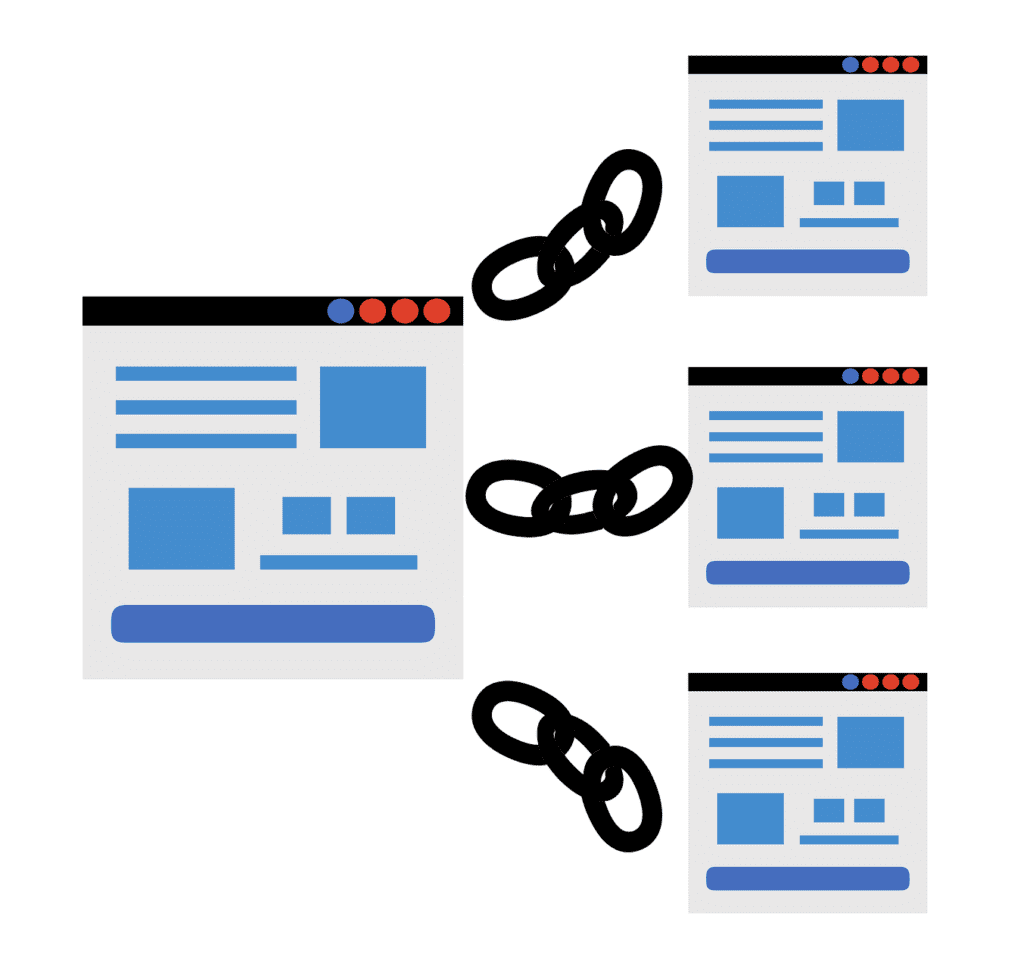
You must evaluate your backlink profile before you begin optimizing your off-page SEO, for example using any of the tools:
- Google Search Console
- Ahrefs Backlink Checker
- Moz Link Explorer
When you use a tool like Moz or Ahrefs, your site will also get a DA or DR score. The backlink profile of your website is used to calculate these scores. A higher score means you have more power. It’s important to note that Google does look at a site’s overall authority or trustworthiness, but it doesn’t use DA or DR to rank sites in search results. These metrics are unique to Moz and Ahrefs and can be used to compare your backlink profile with that of your competitors.
Evaluate your link profile to learn:
First, Search Console. Open the Links report to see your backlink profile:

The overview will show you:
39. Analyse the backlink profiles of your competitors
Look at how your competitors are using backlinks. You can check out your competition with tools like Ahrefs and Moz. After exporting this information, you may begin analyzing it and comparing it with your own. Building a high-quality backlink profile is important. Using the proper SEO tools can make it easier to find these opportunities.
40. Link building is important; learn why

Link building is the most important thing for many website projects that want to move up in Google. Links are important because they are used by search engines to figure out how to rank pages and can change where you rank.
Compared to websites with no links or few links, websites with high-quality inbound links are more likely to rank higher in the SERPS.
The most recent study indicates that Google is giving link-building more and more weight over time. While on-page SEO has lately lost significance in the rankings, the value of link-building activities for Google with social sharing and time on site is quickly rising.
41. Social Media
More than an SEO strategy, you’ve undoubtedly considered social media to be a tool for brand exposure. However, increasing your domain authority and climbing higher in the search engine rankings may be accomplished through the use of social media.
By sharing information on social media and driving traffic to your website, you can demonstrate to Google that your website is receiving attention from a variety of sources and must therefore have engaging rich sources.
For this reason, it’s crucial to regularly interact with your audience on social media and make use of it for the sharing of information. More participation is likely to lead to more shares, backlinks, and hits, all of which help to build domain authority.
Social media may help you with:

42. Get Listed on Google Business Profile
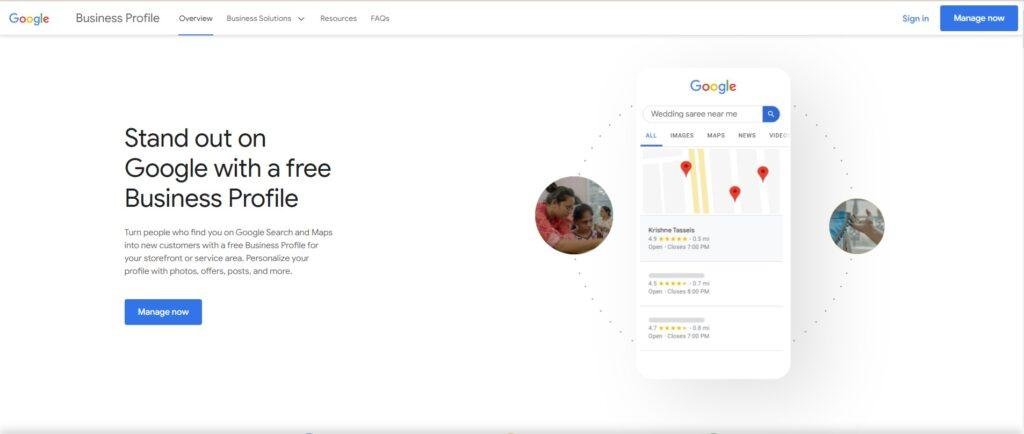
Your company may get a free listing on Google thanks to Google Business Profile. It enables you to offer information and images about your company, including its location, services, and products.
Making use of Google’s free profile creator is a fantastic way to boost your exposure across all of Google’s services. Your company’s information may be displayed in Google Search, Maps, and Google Shopping if you have a Google Business Profile.
43. Guest Post
The act of posting a guest post (also known as guest blogging) on another person’s website. And individuals do this so that they may get more people familiar with their brand and traffic directed back to their own website.
Uses:
44. Content Marketing

Content Marketing helps small and large organizations increase website traffic and rank better on Google. We assume content marketing involves developing and releasing content.
Content marketing involves off-page and on-page SEO. Content marketing refers to the process of publishing content on the web.
Examples of content marketing include releasing an article that receives links from reputable websites or writing a guest post for a website.
Popular content formats include the following:
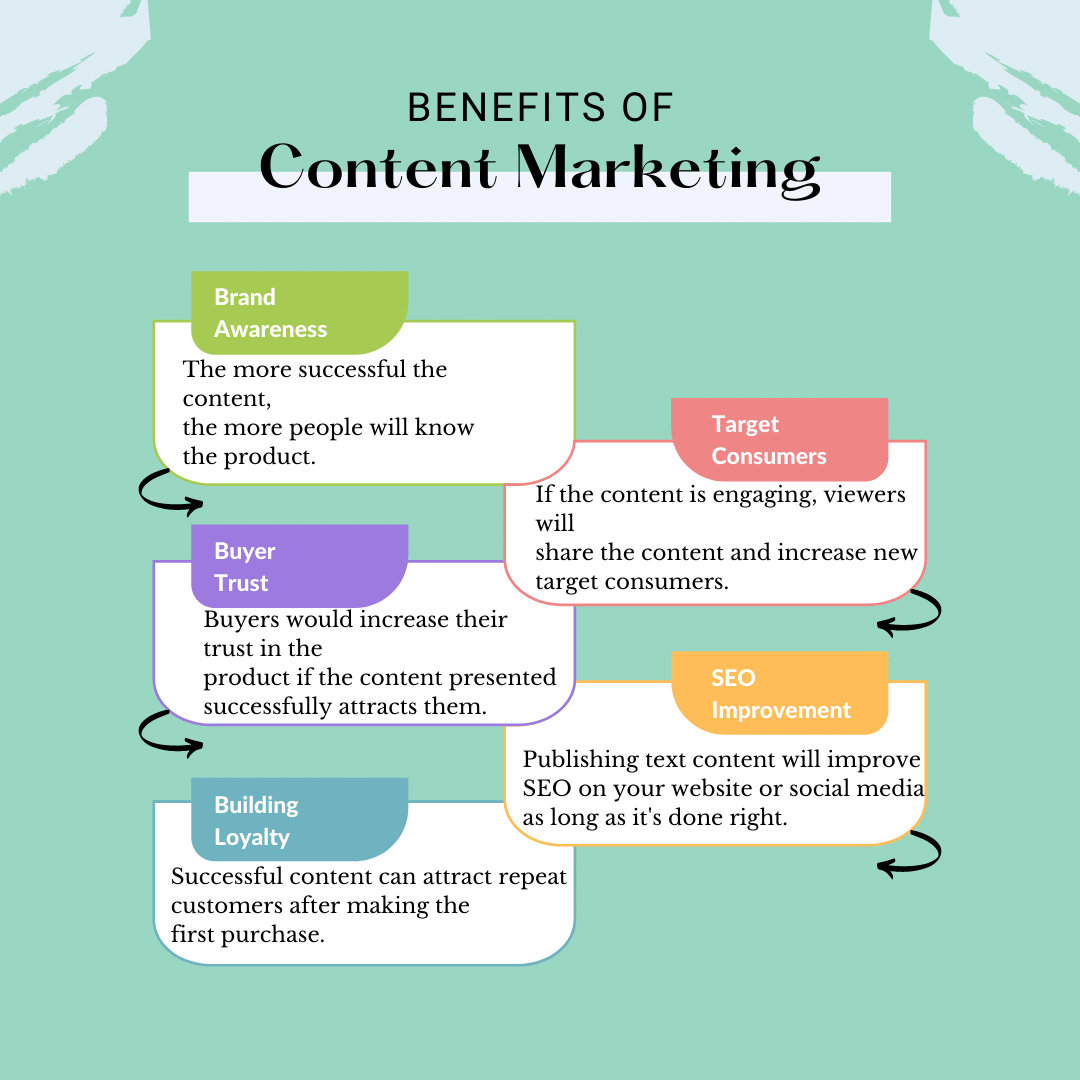
45. Email Outreach
Among all advertising strategies, email is the highest level of success tool. You own your potential without the help of anybody else. You have a fantastic opportunity to create a connection with your consumer here.
As a result, you obtain website clicks when you continue to send your subscribers personalized emails. It informs Google and other search engines to give the blog a higher ranking because it is receiving outside clicks.
Some important rules that you need to follow:

Conclusion:
In order to rank high in search engine results, your website must be optimized for search engines. This means it must be well-written, organized, and easy to navigate. Additionally, your website must be updated regularly with fresh content to keep your ranking high.
